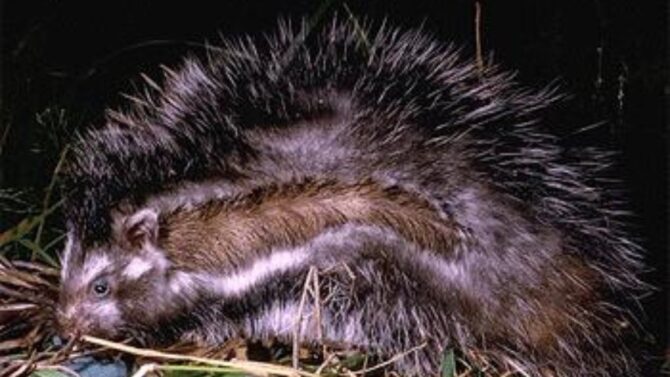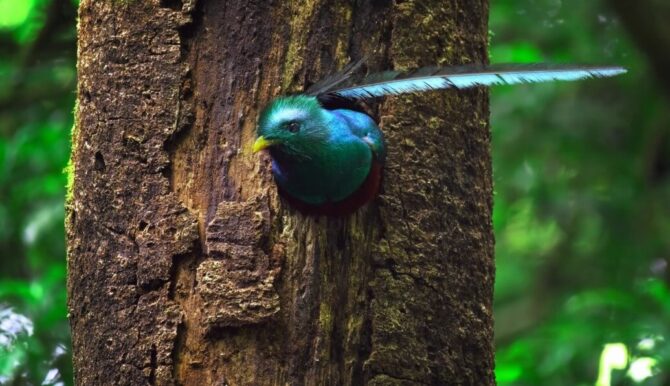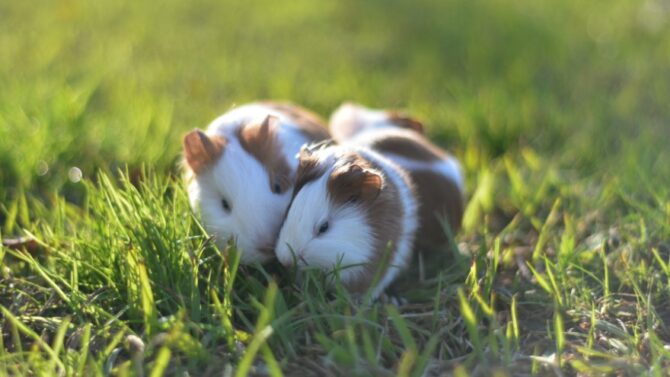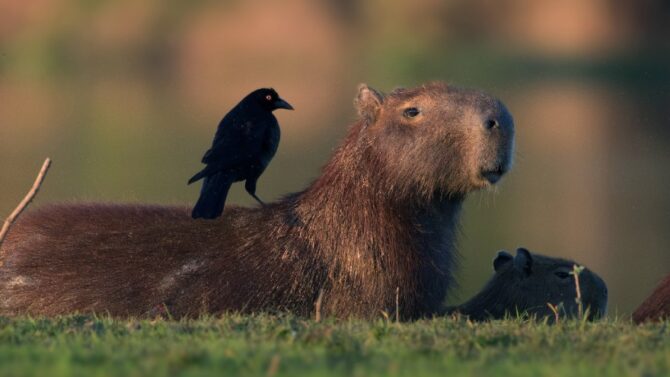Mammals play a major role in the ecosystem as a food source for both humans and other animals.
While many mammals rely on their claws and teeth to defend themselves against predators, it’s rare to find a mammal that uses poison for protection.
However, one mammal stands out in this regard, and interestingly, it’s a rodent.
The African crested rat is the most poisonous rodent in the world, and it’s the only known poisonous rodent today. The rat chews the leaves and bark of poisonous trees and applies the toxic saliva to its fur.
Read on to learn more about this interesting rodent.
Facts about the African Crested Rat

- Scientific Name: Lophiomys imhausi
- Size: 10 to 14 Inches
- Description: Long, erectable hair, bushy tails, small ears, and toxic black fur
- Range: Ethiopia, Somalia, Kenya, Sudan, Tanzania, and Uganda in East Africa
- Habitat: Woodlands, sea level, highland forest, rocky areas, and hollow tree trunks
- Diet: Leaves, fruits, plant materials, meats, cereals, root vegetables, and insects
- Conservation Status: Unclear
Overview of African Crested Rat
The African crested rat, also known as the maned rat, is the only rodent known to be highly poisonous.
Native to East Africa, this rodent can grow up to almost two feet long with a tail that’s an additional foot in length.
It is also nocturnal, long-haired, and bushy-tailed.
It looks like the porcupine and can be found in highland forests, woodlands, rocky areas, and hollow tree trunks in Ethiopia, Somalia, Sudan, Tanzania, Uganda, and Kenya.
Now, the African crested rat is not the most fearsome-looking creature. In fact, it resembles a gray puffball.
However, looks can be deceiving because its fur is packed with poison so potent it can kill an elephant.1
A few milligrams of its spit is more than enough to kill a human.2
The African crested rat has a coat of silver and black-tipped guard hair over a dense gray and white undercoat.
Additionally, its fore and hind limbs are large and have short black fur with or without claws.
How Does the African Crested Rat Get Its Poison?
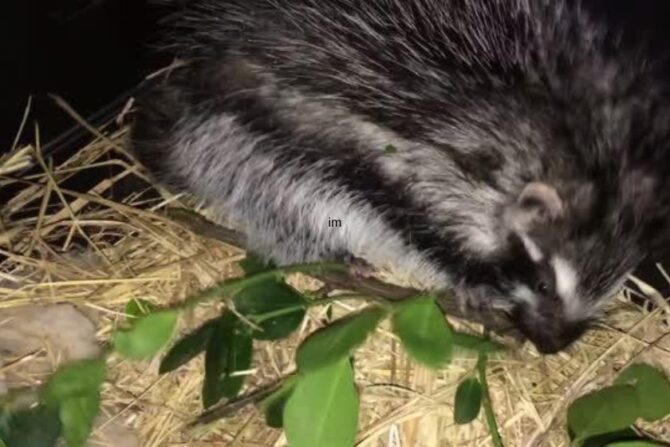
The African crested rat is the only mammal that derives its poison for self-defense directly from plants without getting hurt by the poison.
The rat usually searches for an African poison arrow tree, chews on the leaves and bark to release the toxic sap from the tree, and rubs its back in the sap or applies its toxic spit to its fur.
When threatened, it arches its back like a cat and exposes the poison-coated fur.
The predator then receives a mouthful of poison, which could either kill or incapacitate it.
The African poison arrow tree contains a class of chemicals known as cardenolides that are highly toxic to mammals and can easily kill them.
Why Is the African Crested Rat Poisonous?
The cardenolides in the leaves and bark of the African poison arrow tree contain cardiac glycosides, mostly obtained from natural sources.
These compounds mainly affect the sodium-potassium pump that regulates cardiovascular alterations like congestive heart failure and atrial arrhythmias.
Cardenolides have many side effects on animals, including dizziness, fatigue, headache, anxiety, and gastrointestinal upset.
However, the African crested rat is immune to their effects.
Not only can it withstand the effects of consuming these toxic tree parts, but it can also weaponize the poison to defend itself against predators.
This makes the African crested rat the most poisonous rodent known to man today.
Additional Information on the African Crested Rat
Diet
The African crested rat has a compartmentalized stomach having about five sections.
It feeds mainly on leaves, fruits, plant materials, meat, cereals, root vegetables, and insects.
Behavior and Reproduction
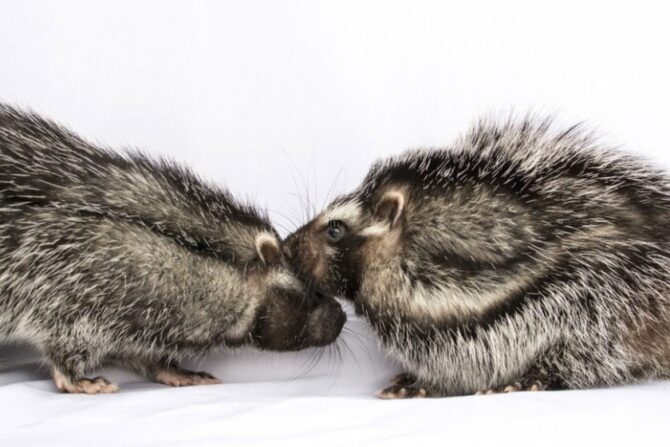
Though they were believed to be solitary, recent research reveals that African crested rats are actually sociable when trapped with multiple animals in the same territory.3
They purr and groom one another. Also, during each birth, the litter size usually ranges from one to three neonates.
It takes African crested rats around 40 days to wean their young ones.
Final Thoughts
African crested rats are truly remarkable rodents.
Despite their small size, their poisonous spit derived from the African poison arrow tree is potent enough to kill an elephant, the largest mammal on land.
It’s still unclear how this rodent identifies the poisonous tree and survives its effect.
Unfortunately, African crested rats now have a fragmented population and are restricted to East African countries.
Their actual status is unclear because sightings of them are rare.
However, if you ever encounter this rodent, it’s in your best interest to avoid it at all costs.
Featured image: Wikimedia Commons
References & Notes
- Crested rat slobbers poison on its fur, dares predators to bite. National Geographic
- The secret social lives of giant poisonous rats. The U
- Lophiomys imhausi Milne-Edwards 1867. Encyclopedia of Life
